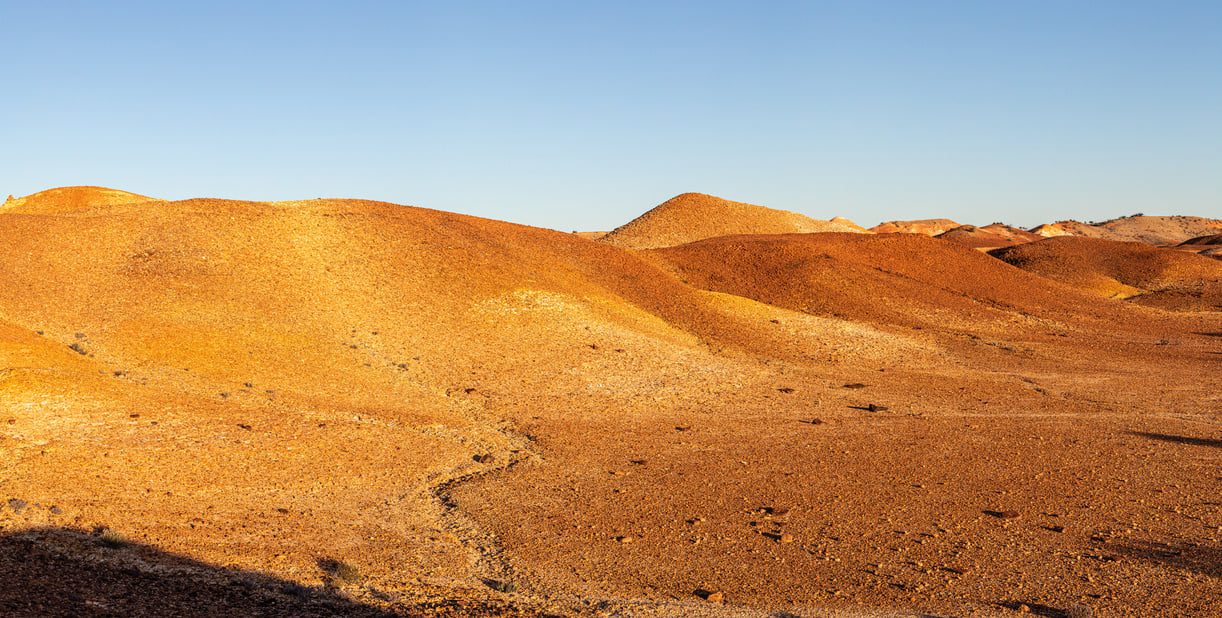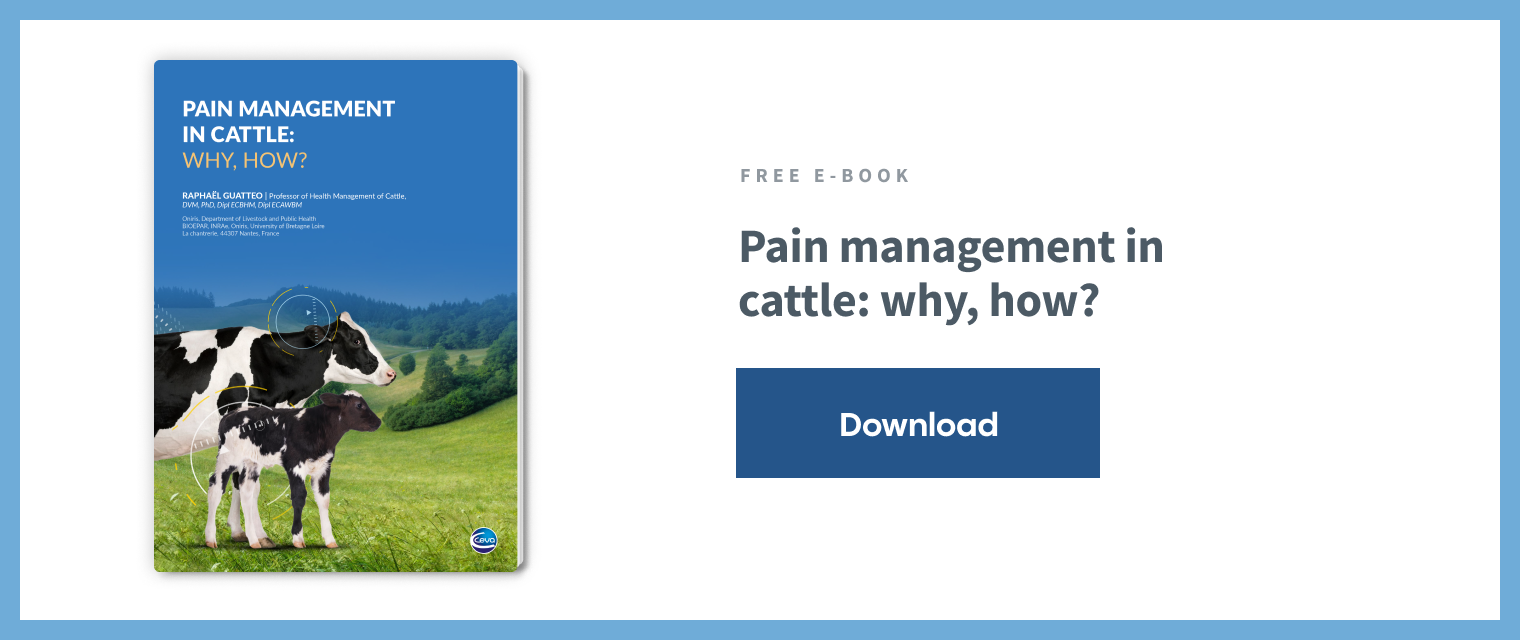What is the biggest beef farm in the world? In a previous article we explored the top 10 beef producing countries, and we can find the world largest beef farm in one of these countries.
Can you image a farm so big, that it covers an area larger than countries like Israel or Slovenia? Yes, a farm as big as some countries…Located in the vast landscapes of South Australia we find Anna Creek Station. This huge farm is about 23,677 square kilometers (5.8 million acres) and has the podium by a large margin. Despite the existence of large-scale beef farms in the United States, Brazil, and Argentina, no other comes close to the size and scale of operations at Anna Creek Station. The station uses innovative solutions, demonstrating how technology and adaptive strategies can sustain productivity in challenging conditions. By using aerial cattle gathering, remote tracking, and sustainable grazing practices it maintains its position at the forefront of the beef industry.
In this article, we will give you a glimpse of this huge cattle station.
Prefer to listen to this article? Click the play button below and enjoy our podcast!
Biggest beef farm: Anna Creek Station
The complete size of Anna Creek Station is unbelievable. Comparatively, most cattle farms in North and South America operate within far more manageable sizes, often using feedlot systems to maximize production on smaller plots of land. Anna Creek, in contrast, uses an extensive grazing system, where cattle roam freely over thousands of ha/acres, foraging on natural grasses in the remote areas.
This scale of operation is not without challenges. Unlike traditional farms with abundant pastures, Anna Creek must continuously manage its resources to prevent overgrazing and ensure sustainable production. However, due to this arid conditions, cattle density at Anna Creek is relatively low, with an estimated 10,000 to 17,000 head of cattle at any given time. This is far fewer than some U.S. feedlots, where smaller ranches can house over 30,000 cattle in a concentrated area.
The remoteness of the station also poses logistical difficulties, as the nearest town is hundreds of kilometers away. Employees often live on-site for extended periods, operating within a largely self-sufficient system. Remember, this farm is as big as some countries…
Challenges and adaptations
One of the most significant challenges faced by Anna Creek Station is its demanding environment. Unlike cattle stations in regions with abundant rainfall and lush fields, the South Australian area has limited vegetation and high temperatures. The land is made up primarily of semi-arid plains, sandhills, and rocky areas, requiring cattle to adapt to long distances between food and water sources.
Managing cattle in this environment presents a unique set of challenges and innovations. Anna Creek’s cattle operation must adapt to harsh desert climates, scarce water resources, and logistical constraints while maintaining sustainability and efficiency. Advances in precision livestock farming, remote sensing technologies, and aerial cattle gathering have played a key role in optimizing cattle management in this area.
To address these difficulties, the station relies on a network of water systems that extract water from deep underground reservoirs. Technological advances have led to the adoption of solar-powered pumps, allowing for more reliable and energy-efficient water distribution. This innovation ensures that cattle have access to sufficient hydration even in the driest seasons, improving overall herd health.
Another major adaptation is the use of aerial cattle gathering. Given the huge size of the station, it is nearly impossible to manage livestock using traditional horseback herding methods. Instead, helicopters and drones play an essential role in tracking and moving cattle across thousands of kilometers of land. Helicopter pilots, often referred to as "aerial cowboys," coordinate with ground crews to guide cattle toward designated areas, minimizing labor costs and increasing efficiency.

Technological innovations and sustainability
Anna Creek Station, probably as a consequence of the need to adapt, is not just the largest cattle station, it is also a model for innovation in large-scale beef farming in arid conditions. One of the most transformative advancements has been the implementation of RFID (Radio Frequency Identification) tracking, which allows managers to monitor cattle remotely, reducing the need for physical inspections. This system also enables tracking of cattle health, weight, and location, ensuring better disease prevention and overall herd management.
Sustainability has also become a major focus for the station. Unlike the feedlot grain-feeding systems prevalent in the United States and Brazil, Anna Creek follows a grazing model, which enhances beef quality and contributes to maintaining areas that otherwise would not be of any farming use. Overgrazing is carefully managed by rotational grazing techniques, where specific land sections are rested periodically to allow natural regeneration, an essential practice in semi-arid conditions.
Additionally, the station has transitioned towards more sustainable energy solutions, including solar power and wind energy for daily operations. Given its isolation from major infrastructure, reducing reliance on fossil fuels has been crucial in maintaining an efficient and environmentally conscious operation.
A cultural and historical mark
Established in the 1860s, Anna Creek Station was originally producing sheep and between 1864 and 1866 the farm was stocked with about 7,300 sheep. However, sheep were constantly being attacked by dingoes and so cattle became the main focus of the station very fast.
Living and working at Anna Creek Station is not for everyone. Station workers, known as jackaroos (men) and jillaroos (women), must endure long hours, isolation, and physically demanding labor. Despite modern advancements, the station preserves traditional ranching culture, balancing heritage with technological progress.
Take Home Messages
- Anna Creek Station not only the world’s largest cattle beef farm, it is also a benchmark for technological adaptation and sustainable agriculture practices.
- As climate change continues to challenge the future of farming, lessons learned from this massive cattle station can be precious to the survival and evolution of cattle beef farming in free ranging conditions.
References
Anna Creek Station: https://www.williamscattlecompany.com.au/anna-creek
Zeunert, J. (2023). Bridging Rural and Urban Disconnections: Spatial Graphic Explorations of Australia's Livestock Landscapes. In book: Australia and China Perspectives on
Urban Regeneration and Rural Revitalization (pp.110-143). Chapter: 6. DOI:10.4324/9781003414186-7.
https://www.researchgate.net/publication/378617363_Bridging_Rural_and_Urban_Disconnections_Spatial_Graphic_Explorations_of_Australia%27s_Livestock_Landscapes
Handcock, R. N., Swain, D. L., Bishop-Hurley, G. J. (2009). Monitoring Animal Behaviour and Environmental Interactions Using Wireless Sensor Networks, GPS Collars, and
Satellite Remote Sensing. Sensors 2009, 9(5), 3586-3603; https://doi.org/10.3390/s90503586 . https://www.mdpi.com/1424-8220/9/5/3586
Mayberry, D., Reichelt, N., Evans, J., & Amidy, M. (2024). NEXUS Project: Exploring Profitable, Sustainable Livestock Businesses in an Increasingly Variable Climate. https://era.dpi.qld.gov.au/id/eprint/13226/1/p.psh.1236-002.pdf
About the author
Ana Sofia Santos (Head of Research and Innovation at FeedInov CoLAB)
Ana Sofia Santos holds a MSc in Animal Production and a PhD in Animal Science, both on the Nutrition area. She is currently Head of research and Innovation at FeedInov CoLAB, an interface structure between the academia and the animal feed industry, promoting innovative approaches to animal feeding. Her current area of research interest resides on animal production systems and the integration of livestock and plant production systems within a holistic vision of circularity in food production.
Explore author’s articles



Leave your comments here